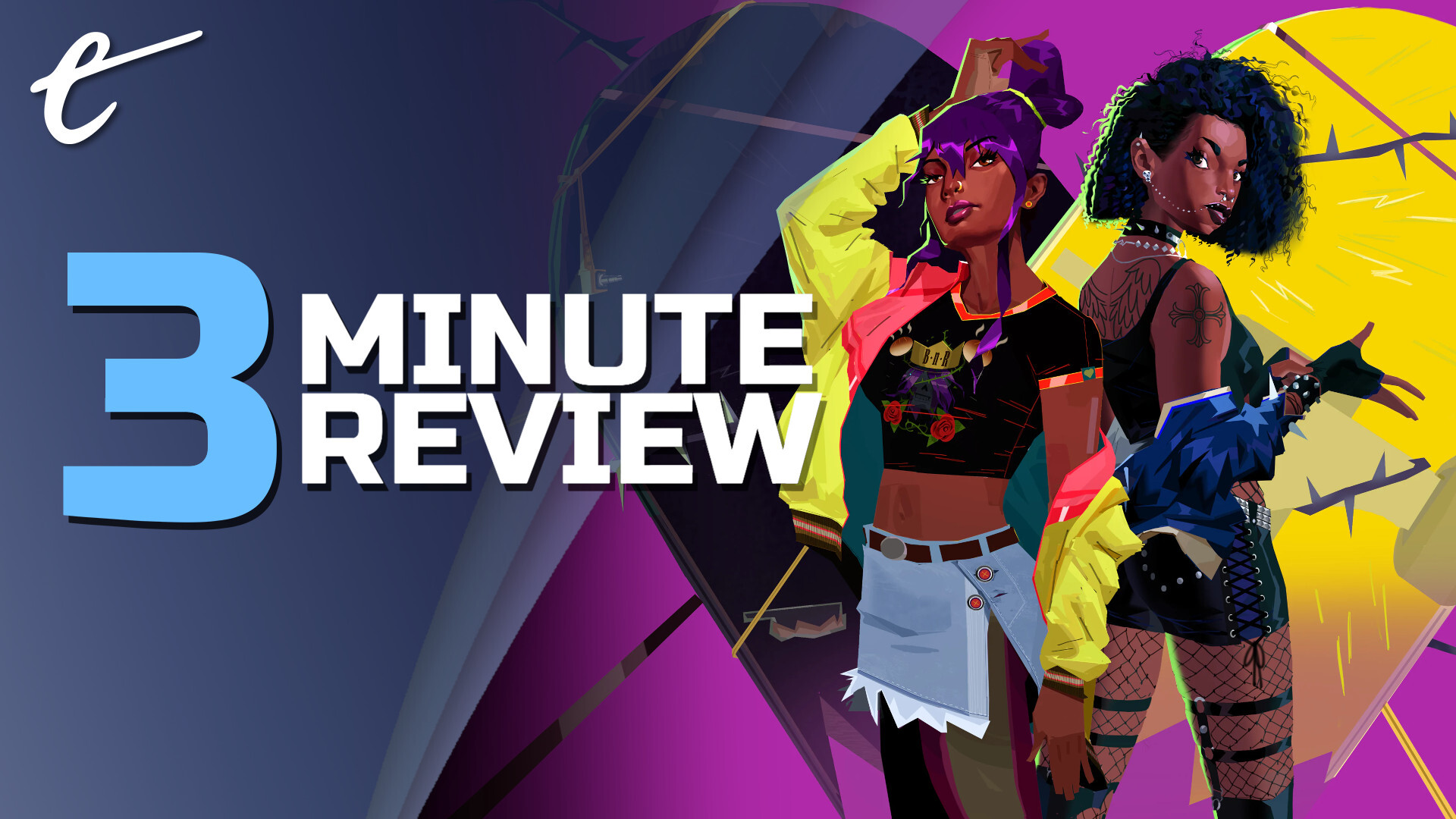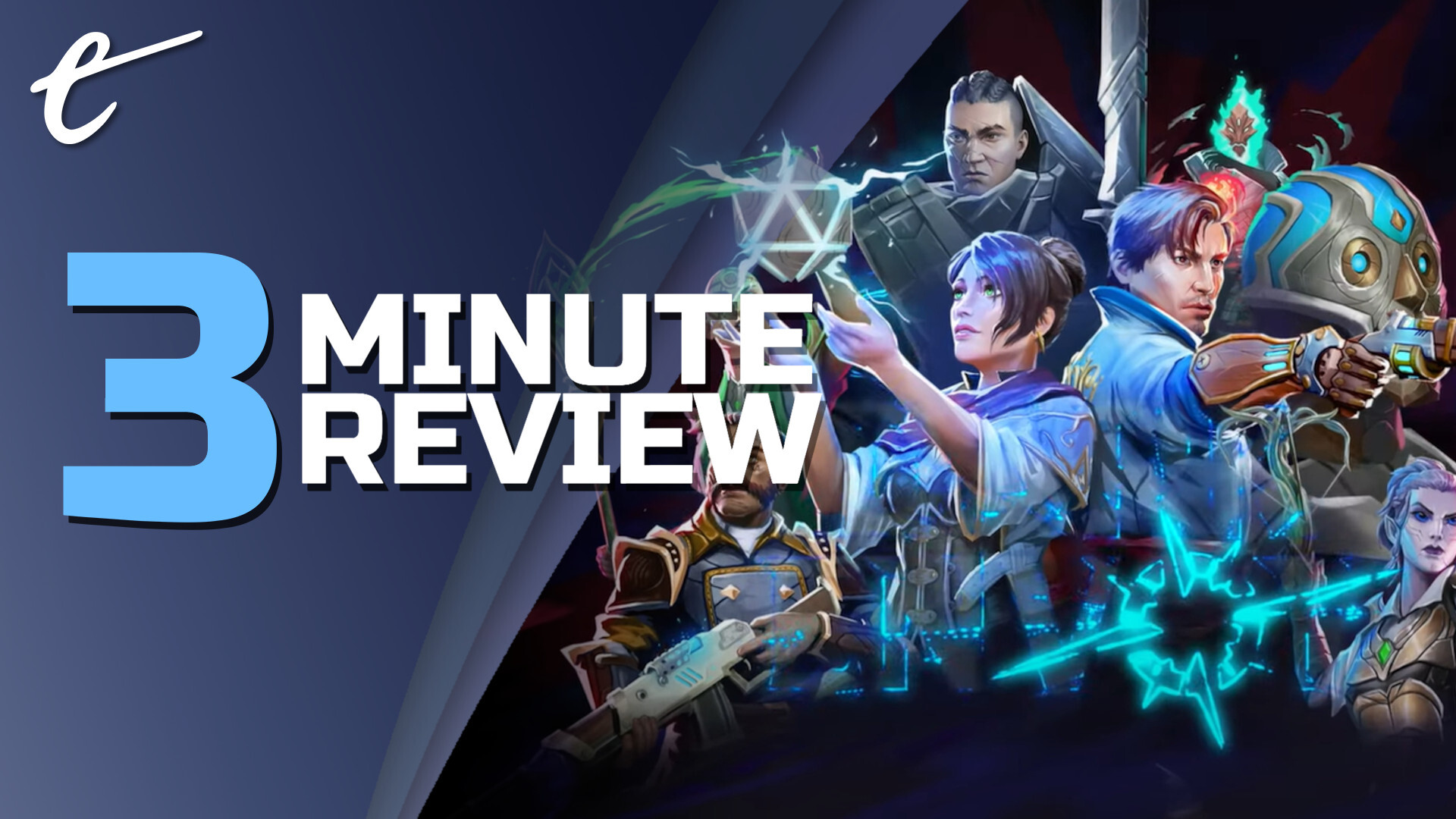Soulstice is a cinematic third-person hack-and-slash adventure developed by Reply Game Studios and published by Modus Games.
Gameplay centered around the Chimera, Lute and Briar, a hybrid warrior born of the union of two souls. As a Shade, Lute deflected and countered enemy attacks while Briar, a corrupted human vessel, did most of the fighting. Lute was also tasked with managing her red and blue auras to expose objects and foes of corresponding color. Performing actions and combos well with both sisters was key to filling up their Unity bar. Once full, I could trigger a surge of devastating power for a few seconds. Precise directional inputs allowed me to redirect the flow of combat with ease, which I am thankful for because the lock-on system was unreliable or unavailable most of the time.
For the most part, I adventured on rails through a besieged fortress. Every now and then I’d run into a little excess currency or a challenge portal hiding in the corner. Challenge portals had varying objectives like clearing the room in a specific order, under a certain amount of time, or without getting hit. I loved being provided a means to become more accustomed with the combat, but I stopped participating in the challenges about a quarter of the way through the game because managing aura colors felt like it removed all the fluidity from hack-and-slash gameplay.
Lute was incredibly responsive from the get-go, and I found her upgrades to be the most interesting. She had a wide assortment of crowd control, utility buffs, and risky aggressive perks to choose from. As if that weren’t good enough, I could respec Lute’s abilities with her own separate currency at no cost. I was so invested in her growth and visuals that I engineered my entire fighting strategy around her. Briar, on the other hand, felt clunky and detached from my inputs even when I was swapping weapons and performing combos at a diamond standard, the highest grade given by the game.
Each weapon had noted strengths and weaknesses against specific enemies, which made the weapon-swap combos irrelevant compared to spamming the best weapon for the given situation. I could upgrade combos for each weapon, but I invested the limited shared currency into maxing out Briar’s weapon proficiencies and buying level upgrades for Lute’s abilities.
Soulstice’s stylized animations, visuals, and sound design were breathtakingly astonishing, but it all came at great cost to the gameplay. Dramatic camera angles, dynamic sweeps, vibrant overlaps of red and blue, and enemies dashing off and on screen were a cinematic sight to behold — as well as a downright travesty to play. I understand the appeal of a genre that is fifty percent to sixty six percent cutscenes, but the erratic pacing stunted my immersion with utmost frequency. Often a long cutscene would end, I’d walk ten meters, and be greeted by another cutscene. The story, while touching, didn’t break new ground, but I kept thinking I would’ve enjoyed it more if I had been allowed to be a bystander instead of being directed around to initiate more dialogue.
Overall, I felt Soulstice was an undeniably beautiful video game that focused most of its efforts on the video part first, the game part second, and the player third. Soulstice is available September 20 for PlayStation 5, Xbox Series X |S and PC via Steam, with the deluxe physical edition retailing for $49.99. The standard price was not available at time of review.
Watch the Review in 3 Minutes for Soulstice.






Published: Sep 20, 2022 01:20 pm